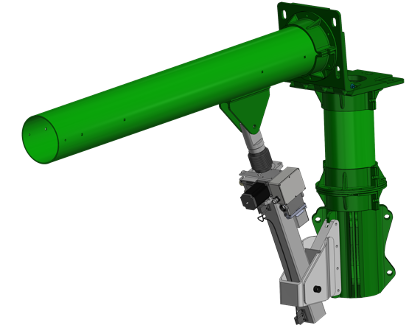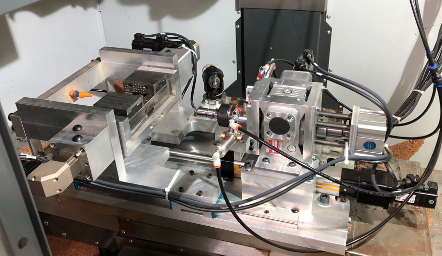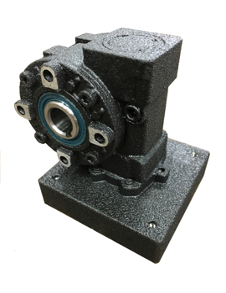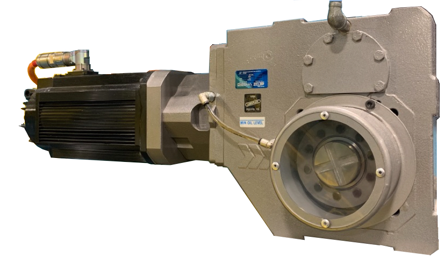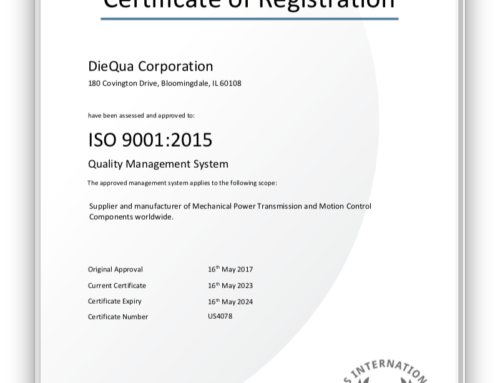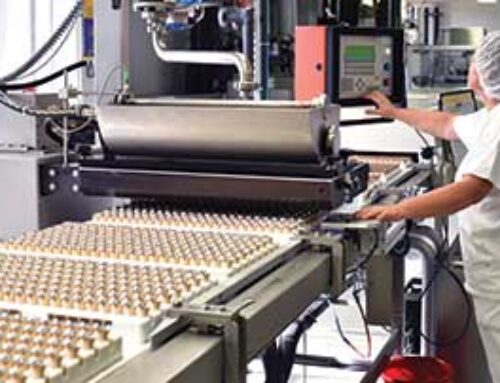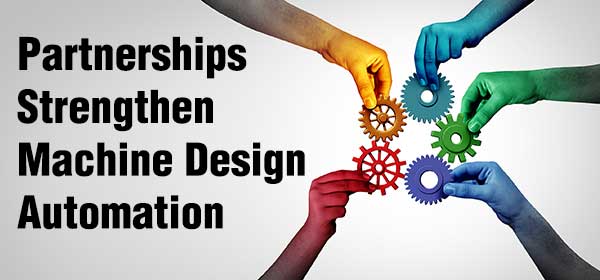
Creativity in mechanical design acts as the driving force behind pioneering automation solutions. By integrating innovative concepts into the design process, engineers craft adaptable and efficient automation systems that meet diverse operational needs. This approach results in cutting-edge solutions that optimize processes, minimize downtime, and boost productivity. Creative mechanical design facilitates seamless automation integration across industries, unlocking new levels of precision, flexibility, and performance in automated technologies. In this interview, Meikel Quaas, President at DieQua Corporation, discusses the significance of creativity in mechanical design, and its application in automation designs, and provides examples of its implementation in existing solutions.
Question: What is the definition of mechanical creativity in automation?
Answer: Mechanical creativity in automation refers to the innovative application of engineering principles, design thinking, and problem-solving techniques to develop and enhance automated systems, machinery, and robotics. It involves the ability to think outside conventional boundaries, combining artistic flair with technical expertise to address operational challenges and drive continuous improvement in automation technology. Mechanical creativity encompasses the development of agile and adaptable automation solutions, optimization of resource utilization, and the design of efficient machinery that minimizes waste and maximizes productivity. This approach fosters the evolution of automation processes, leading to advancements in precision, flexibility, and scalability across diverse industrial applications.
Question: In what ways does mechanical engineering foster creativity and problem-solving, particularly in driving the future of automation and robotics?
Answer: Mechanical engineering serves as a catalyst for creativity and problem-solving, propelling the future of automation and robotics through several key avenues. Firstly, it fosters interdisciplinary collaboration, allowing engineers to integrate diverse concepts from various fields to develop innovative automation solutions. Secondly, it encourages iterative design processes, enabling continuous refinement and enhancement of robotic systems. Additionally, mechanical engineering promotes the utilization of advanced materials and manufacturing techniques to push the boundaries of automation technology. Moreover, it pushes and empowers engineers to tackle complex challenges by applying creative thinking and analytical skills, resulting in more efficient, reliable, and versatile automated systems. This convergence of creativity and problem-solving within mechanical engineering fuels the evolution of automation and robotics, paving the way for groundbreaking advancements.
Question: What role does innovative thinking play in improving the cost and efficiency of production processes in the field of automation?
Answer: Innovative thinking plays a pivotal role in enhancing the cost and efficiency of production processes in automation. By embracing creative mechanical design concepts, engineers can develop streamlined and adaptable automation systems that optimize resource utilization and minimize waste. Innovative approaches lead to the creation of more efficient machinery, reducing production costs through improved energy efficiency and optimized material usage. Moreover, inventive problem-solving fosters the development of automation solutions that are tailored to specific operational needs, resulting in enhanced precision and reduced cycle times. Ultimately, innovative thinking drives continuous improvement, enabling automation to deliver higher productivity and cost-effectiveness in production processes.
Question: Can you provide examples of how creativity in mechanical design has resulted in novel and effective automation solutions?
Answer: Our first example is a customer who was looking to convert production equipment from producing a single product to producing multiple product lines with different motion profiles. This is a high shock load example and existing technology was converted to servos, high torque gearboxes, and advanced controls. Another example was when a customer required a lifting system for truck-portable communication towers. Requirements were battery operation and a creep speed at the top of the 40-foot lift profile. The next example is from an animatronics company that needed operationally quiet gearboxes for moving a one-of-a-kind high-value artwork display piece. Helical gearboxes were coated in noise suppression materials and installed by a DieQua partner. The final example is a tobacco pipe manufacturer that needed zero backlash gearboxes, the ability to rotate the job pieces in all directions, and a limited work envelope for the tooling. A mirrored pair of right-angle servo gearheads were used for this project.
